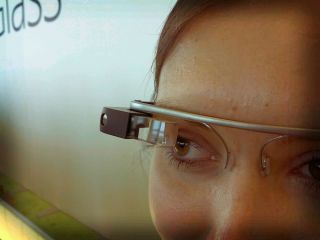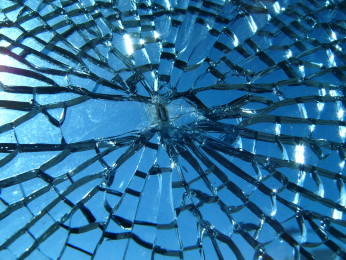 Google’s executive chairman Eric Schmidt has said that the technology behind his outfit’s Glass project is too important to throw away, and that the programme has been put under the control of Nest’s Tony Fadell to “make it ready for users”.
Google’s executive chairman Eric Schmidt has said that the technology behind his outfit’s Glass project is too important to throw away, and that the programme has been put under the control of Nest’s Tony Fadell to “make it ready for users”.
After Google stopped selling its wearable Glass device in January this year, many people speculated that the controversial gadget was on its way out for good. However Schmidt said that Google had only ended the Explorer programme and the press claimed that it had cancelled everything.
“Google is about taking risks and there’s nothing about adjusting Glass that suggests we’re ending it.” Schmidt added that Glass remains a “big and very fundamental platform for Google,” and that just like the company’s self-driving cars, the wearable device is a work in progress that will take years to come to fruition.
It’s like saying the self-driving car is a disappointment because it’s not driving me around now, said Schmidt.
Reports last December suggested that Google might be planning to launch a new, cheaper version of Glass this year, based around Intel parts with the updated model also reportedly offering a refreshed design and longer battery life.
However the list of “fixes” needed before Glass was viable was extremely long. However, Schmidt is suggesting that the company is committed to getting something like it into the shops.









